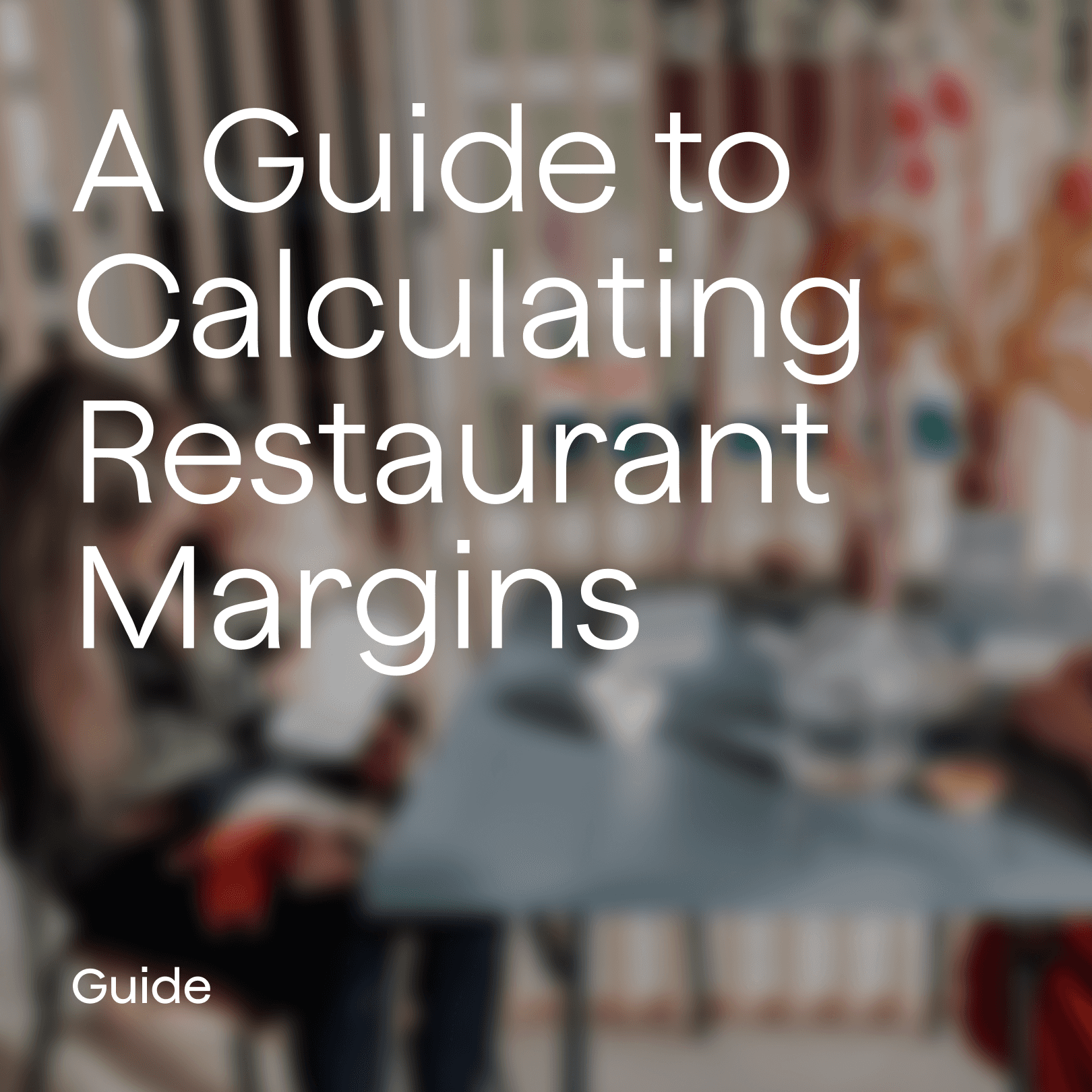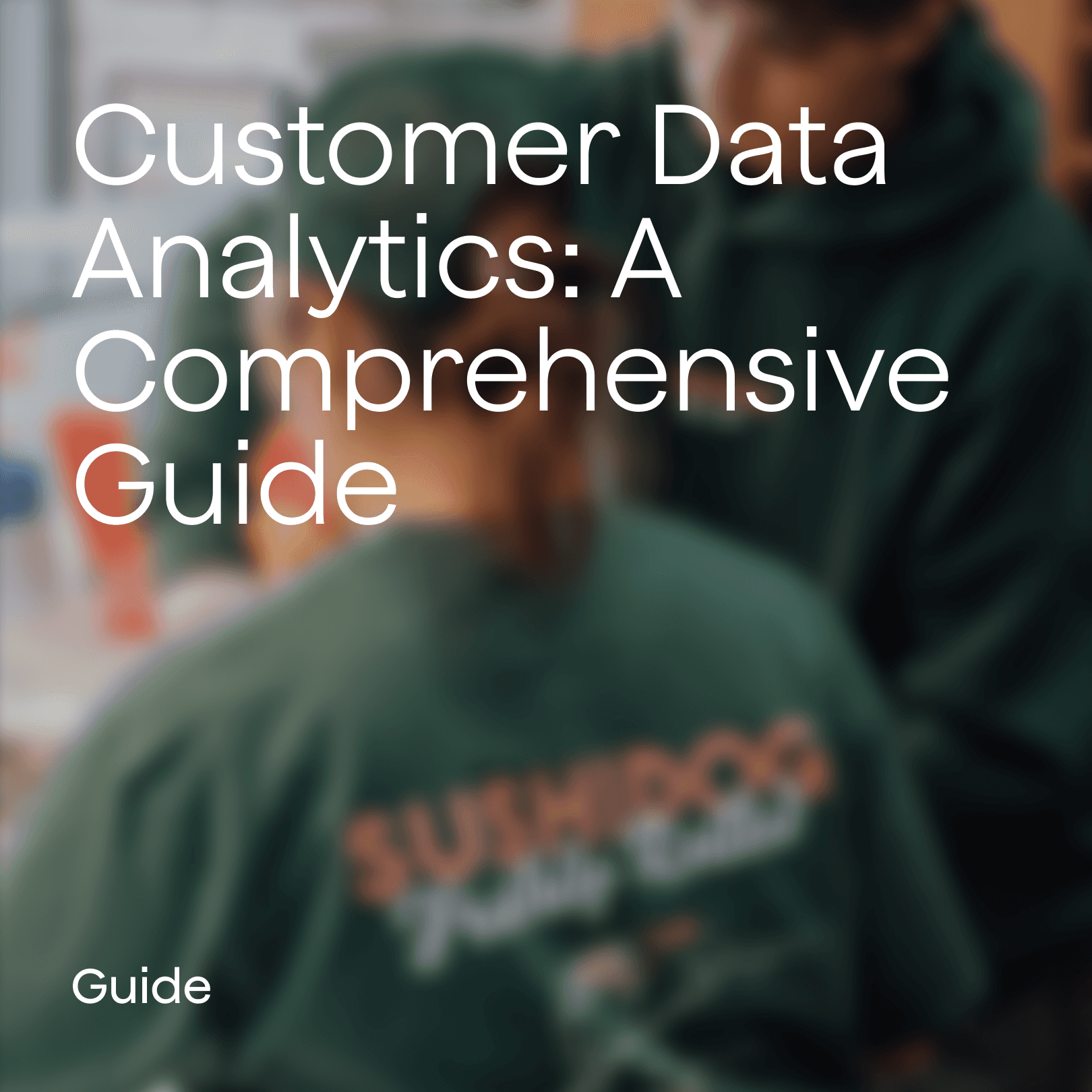Learn effective email cadence strategies to optimize email frequency, personalize content, and build stronger customer relationships.
October 18, 2024
– 7 minute read
Mastering Email Cadence for Email Marketing Success
Email cadence conducts the flow and tempo at which your messages reach the inboxes of your audience. Like a maestro leading an orchestra, getting the cadence right can transform noise into a harmonious melody that captivates and retains customers. It’s an intricate dance between being present in your subscribers' minds and respecting their digital space, making each communication count. This opening act in our guide dives into the fundamentals of email cadence, the strategic beat of sending emails that strikes a chord with recipients, nurturing leads, and bolstering your brand's online presence.
What is Email Cadence?
Cadence is the email frequency and schedule of your campaigns as they are dispatched to the inboxes of your subscribers. It is a critical aspect of your email marketing strategy, laying the groundwork for how you connect with your email subscribers. The aim is to find that sweet spot – the optimal tempo that keeps your audience engaged without overwhelming them.
Every brand has a unique rhythm that works best for its audience. For instance, a recent study showed that the average open rate for e-commerce emails stands at around 15.68%, with a click-through rate of 2.01%. This suggests that while a significant number of recipients are opening emails, the challenge lies in crafting content compelling enough to earn that click. Striking the right cadence can mean the difference between an email that converts and one that's lost in the cacophony of the inbox.
Why Does Email Cadence Matter?
Email cadence is the pulse that keeps the customer relationship alive and thriving. A consistent and strategic email cadence can lead to an increase in conversion rates by as much as 50% for some businesses, according to Campaign Monitor. It ensures your message is timely, relevant, and anticipated by your recipients. Here’s why nailing your email cadence is critical:
Inbox Visibility: Too few emails and your brand may slip from your customers' minds. Too many, and you risk the dreaded 'unsubscribe'. A study found that 66% of email recipients have unsubscribed from promotional emails because they were too frequent or felt spammy.
Customer Lifecycle Alignment: Effective email cadence aligns with the different stages of the customer lifecycle, delivering targeted content that resonates with the customer’s journey. Personalized email, a staple of savvy e-commerce, can lift transaction rates by 6 times, but its success is contingent on the right cadence.
Optimal Engagement: The timing of your emails can significantly impact engagement rates. For e-commerce, triggered emails like abandoned cart reminders boast an impressive 40.5% open rate when the timing is right, indicating the power of a well-timed nudge.
Resource Management: Planning your email cadence helps in allocating your marketing efforts effectively. It’s about sending smarter, not harder, maximizing the impact of each email sent.
Predictability for Customers: A predictable email cadence can lead to building a routine or a habit for your customers. When they know to expect your emails on a certain day or time, it can create a sense of anticipation and improve open rates.
Understanding and implementing an optimal email cadence is thus not merely a tactic, but a strategic element of e-commerce success. It's about crafting and maintaining a relationship, delivering value when your audience is most receptive, and making every communication count.
Email Cadence Strategies & Best Practices
Creating a symphony with your email marketing requires more than just sending out emails at regular intervals. It's about crafting a strategy that resonates with your audience and aligns with your business goals. Let's delve into the first half of the strategies and best practices that can help you fine-tune your email cadence.
Build a Quality Email List
A well-segmented email list is the foundation of any successful email cadence strategy. Begin by encouraging sign-ups across your online store, leveraging incentives that motivate customers to provide their email addresses. For example, offer a discount or free shipping on the first purchase in exchange for a subscription. Make sure that your sign-up forms are visible on every page, including the checkout process, and consider using exit-intent pop-ups to capture leads. According to a report by Sumo, these strategies can convert up to 2-4% of visitors into email subscribers, forming the backbone of a robust email marketing strategy.
Segment Your Email Lists
Segmentation is key to ensuring that your emails reach the right people at the right time. By categorizing your subscribers based on their behaviors, purchase history, and engagement levels, you can tailor your content to meet their specific needs. Research by Mailchimp shows that segmented email campaigns can lead to a 14.31% higher open rate than non-segmented campaigns. This can also help in determining the appropriate cadence for each segment.
Do a Competitive Analysis
Understanding how often competitors send emails and the types of content they include can provide insights into industry standards and customer expectations. More advanced email marketing tools can track and analyze the email strategies of competing brands. However, while it’s essential to know what others are doing, your email cadence should be tailored to your unique audience, not just copied from competitors.
Highlight & Plan Around Important Dates or Periods
Planning your email cadence around holidays, sales cycles, and other significant dates is crucial. For e-commerce stores, tapping into the momentum of Black Friday or Cyber Monday, for example, can result in a substantial increase in open and click-through rates. These periods may call for an increased cadence, but it’s important to communicate clearly and provide genuine value to avoid overwhelming your subscribers.
Understand Your Audience
Data is your compass in navigating the preferences of your audience. Utilize analytics to track open rates, click-through rates, and conversion rates. This data, combined with customer feedback, can reveal when and how often your subscribers prefer to receive emails. A survey showed that 61% of customers enjoy receiving promotional emails weekly, while 28% want them even more frequently. Tailoring your email cadence to match these preferences can lead to more effective campaigns.
Send an Intro Email and Set Expectations
The welcome email is your first impression in the inbox. It should introduce your brand and set clear expectations for what subscribers will receive. Craft a welcoming message that resonates with your new email subscribers, informing them about the frequency and types of emails they can anticipate. According to a study by GetResponse, welcome emails have an average open rate of 82%. Seize this opportunity to make a lasting impact.
Personalize Your Emails
Personalization goes beyond addressing a subscriber by name. Utilize customer data to tailor your email content to match their interests, past behaviors, and purchase history. Personalized emails deliver 6x higher transaction rates, but they're still not used as often as they should be. Integrate recommendations, reminders about abandoned carts, and offers that are unique to the recipient to elevate your email's relevance.
Provide Value in Your Emails
Every email you send should offer value to your subscribers, whether it’s educational content, exclusive deals, or engaging stories about your brand. By doing so, you'll foster a deeper connection and maintain a loyal customer base. For instance, providing a sneak peek at upcoming products or behind-the-scenes content can make subscribers feel like insiders, thus enhancing the perceived value of your emails.
Email with a Purpose - Include CTAs
Your emails should always have a clear call-to-action (CTA). Whether it’s to shop a new arrival, read a blog post, or take advantage of a sale, CTAs guide subscribers towards the next step. Ensure that your CTA is visually distinct and contextually relevant. According to Campaign Monitor, emails with a single CTA can increase clicks by 371% and sales by 1617%.
Do Regular Maintenance on Your Email List
List hygiene is critical for maintaining a healthy email cadence. Regularly cleanse your list of inactive subscribers to keep engagement rates high. A study by HubSpot showed that email list decay naturally by about 22.5% every year. Implementing re-engagement campaigns or removing subscribers who haven’t opened an email in a significant period can improve the overall performance of your email campaigns.
Analyze the Efficacy of Your Cadence
Lastly, it's essential to continuously analyze the effectiveness of your email cadence. Keep a close eye on your metrics—open rates, click-through rates, conversion rates, and unsubscribe rates. Use A/B testing to experiment with different frequencies and days of the week to find what resonates best with your audience. This will not only inform your current strategy but will also provide actionable insights for future campaigns.
By embracing these email cadence best practices, you set your e-commerce store up for sustained growth and enduring customer relationships. Each email is a note in the larger concert of your marketing efforts, and when played correctly, it contributes to a harmonious and profitable relationship with your audience.
Conclusion
Mastering the art of email cadence is pivotal for e-commerce businesses aiming to engage customers effectively and drive conversions. From building a solid email list to personalizing content, and from maintaining list hygiene to regular performance analysis, each strategy contributes to a well-orchestrated email marketing campaign. The right email cadence can turn one-time shoppers into loyal customers, amplify your brand's voice, and ensure your e-commerce store stands out in a crowded inbox.
Remember, email marketing is not a one-size-fits-all solution. It requires constant tuning and attention to your audience's preferences and behaviors. By adopting these best practices, you can craft an email cadence that harmonizes with your customers' expectations and your business goals, ultimately leading to a crescendo of sales and brand loyalty. Keep testing, keep personalizing, and keep your content valuable — your subscribers, and your bottom line, will thank you for it.



